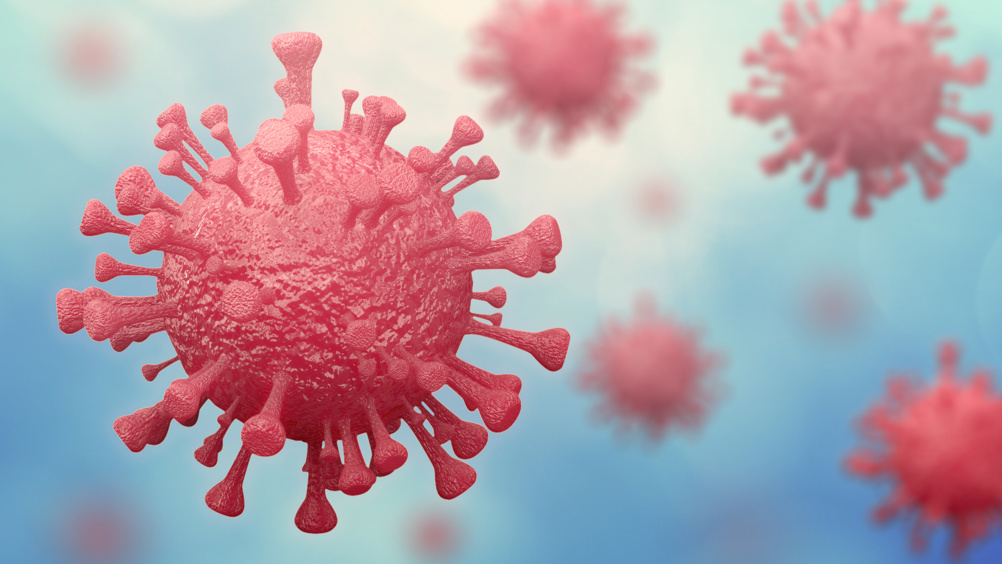CLF study to investigate transmission of viruses

The new study, funded by the UK government under the PROTECT COVID-19 National Core Study, will use an intricate laser trapping technique to help reveal how viruses hitch-hike on airborne droplets.
The collaboration, led by Manchester University’s Professor Neil Bourne, will involve teams from the CLF, Diamond Light Source, Public Health England and the Health and Safety Executive with advice from Dstl.
MORE ON ENGINEERING'S RESPONSE TO COVID-19
One possible source of transmission of COVID-19 is through the air, carried by aerosol droplets expelled by the host through actions such as sneezing, coughing, or by speaking.
According to STFC, the team will focus on aerosol-based transmissions, mapping the behaviour of particles and inactivated viruses within a droplet. These inactivated viruses exhibit the same physical properties as the ‘real’ virus but is non-infectious and safe to study.
The team aims to determine the fate of those viruses through the lifetime of the droplet, including deliberately placing the droplets on different surfaces including the material in a facemask.
Register now to continue reading
Thanks for visiting The Engineer. You’ve now reached your monthly limit of news stories. Register for free to unlock unlimited access to all of our news coverage, as well as premium content including opinion, in-depth features and special reports.
Benefits of registering
-
In-depth insights and coverage of key emerging trends
-
Unrestricted access to special reports throughout the year
-
Daily technology news delivered straight to your inbox










Water Sector Talent Exodus Could Cripple The Sector
Well let´s do a little experiment. My last (10.4.25) half-yearly water/waste water bill from Severn Trent was £98.29. How much does not-for-profit Dŵr...